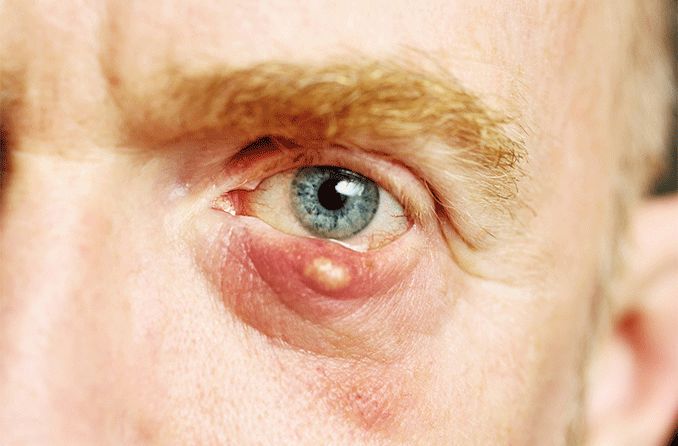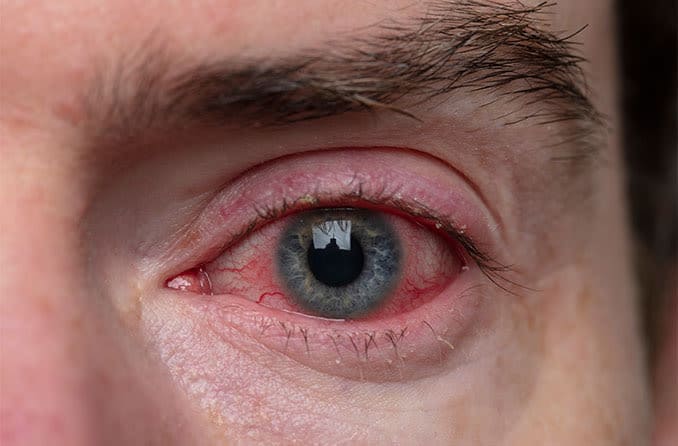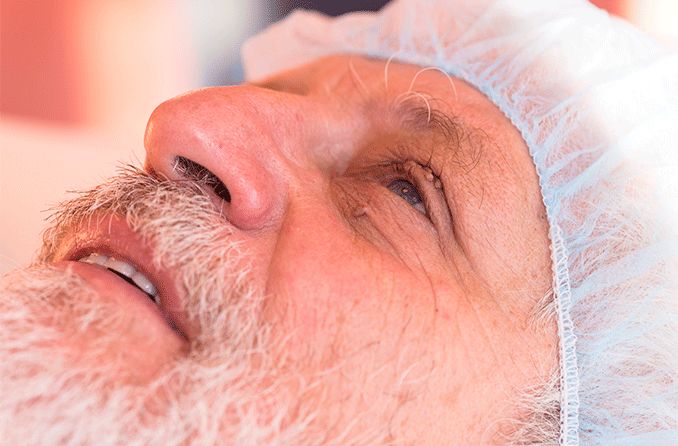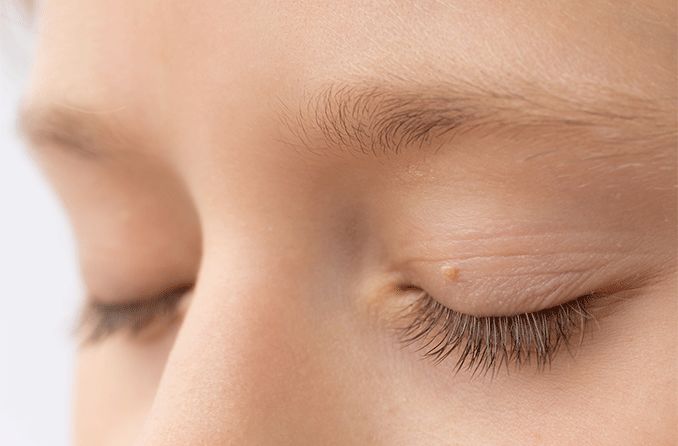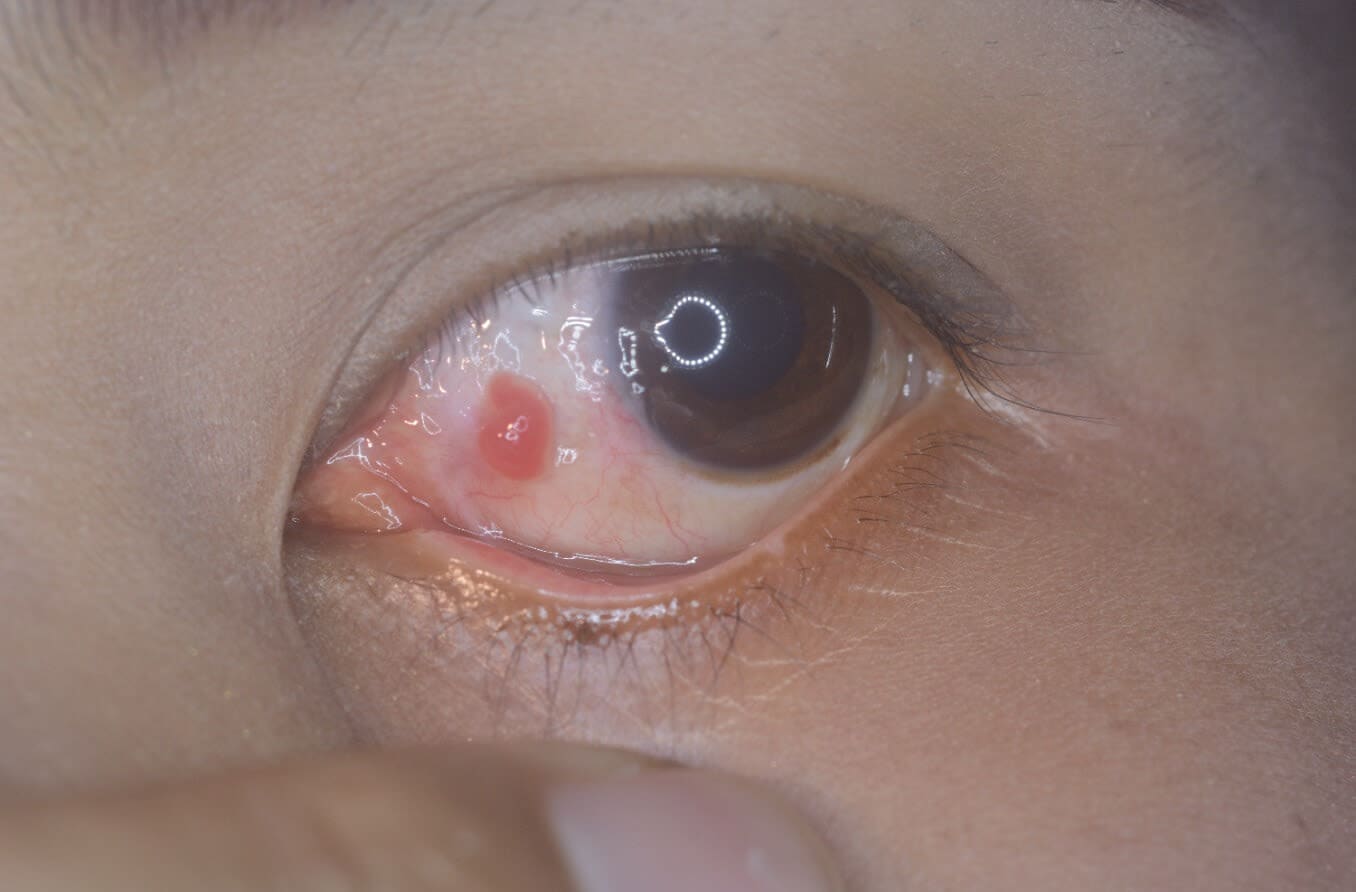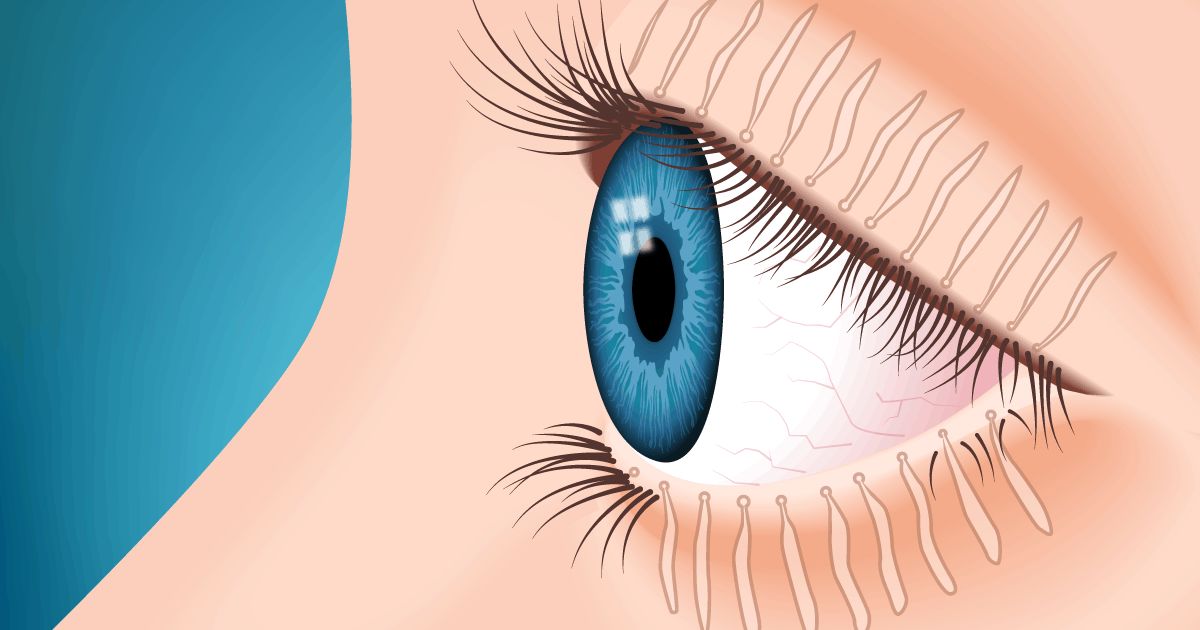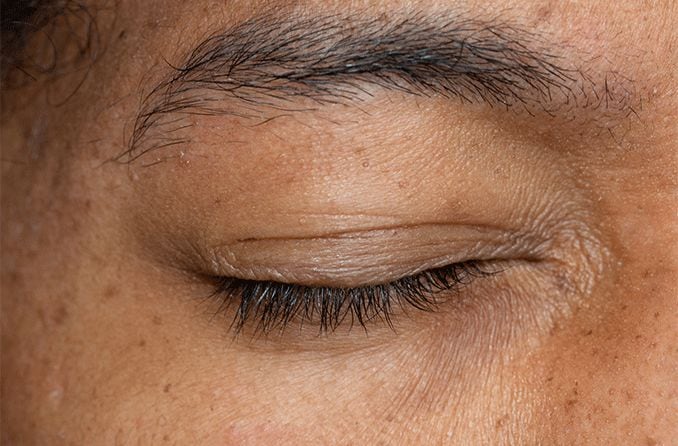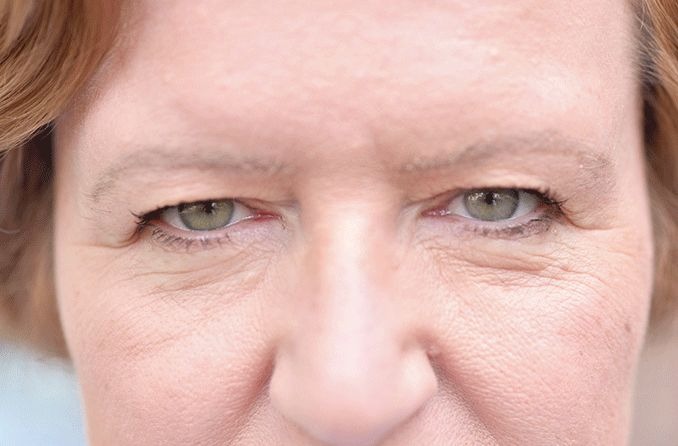Eye cyst vs. eyelid cyst
While an eye cyst occurs on the surface of the eye, an eyelid cyst is located in or on the eyelid. Both eye and eyelid cysts can be unpleasant, but both are treatable and often nothing to worry about. Causes, symptoms and treatment can vary between the two. See an eye doctor for an evaluation.
Eye cyst (conjunctival cyst)
When a cyst is located on the eye itself, it is called a conjunctival cyst. This kind of cyst forms on the conjunctiva of the eye. The conjunctiva is the clear, thin membrane that covers both the surface of the eye and the inner surface of the eyelid.
Many conjunctival cysts are small and benign, but they can still be unpleasant.
Causes
Conjunctival cysts occur when a piece of the top layer of the conjunctiva (called epithelium tissue) folds into the lower layer of the conjunctiva and fills with fluid. In rare cases, a gland in the conjunctiva becomes blocked, resulting in a cyst.
You may be more likely to develop a conjunctival cyst if you have experienced any of the following:
- Eye trauma.
- Complications after eye surgery.
- Inflammatory conditions involving the conjunctiva, such as pingueculitis, pterygium (surfer's eye), pyogenic granuloma or chronic keratoconjunctivitis.
Symptoms
Many conjunctival cysts do not cause any symptoms. However, some people may experience the following:
- Blister-like bump on the front of the eye.
- Increased tearing.
- Discomfort (often only mild).
- Sensation of having an object in the eye.
- Blurred vision (in severe cases).
If the cyst grows larger, it may become difficult to close your eye, which can trigger new or worsening symptoms. Should this happen, contact your eye doctor immediately.
Diagnosis
To diagnose a conjunctival cyst, your eye doctor will first review your medical history. He or she will likely ask about any eye trauma, surgery or conditions you may have had in the past.
Your doctor will also do a comprehensive eye exam to check your vision and examine and measure the cyst. This helps your doctor determine what kind of cyst you have and rule out any other conditions.
In some cases, your ophthalmologist may order a biopsy for the cyst to make sure it is not cancerous. Your doctor will remove a piece of tissue from the cyst and send it to a pathologist to confirm the diagnosis.
Treatment
When a conjunctival cyst does not cause any symptoms, the treatment is often to simply wait for it to go away on its own.
If you experience irritation or discomfort with a cyst, ointment or eye drops, such as artificial tears, may help lubricate and soothe your eye.
In very severe cases, your ophthalmologist may recommend the cyst be drained or be surgically removed. During surgery, your doctor will use special tools to cut the cyst out and away from the eye and remove any excess tissue.
With either option, the doctor will use a topical anesthetic so you don’t feel any pain during the process.
Corneal cysts
In rare circumstances, you may have a cyst on your cornea. This may be from trauma or it may form on its own. Some corneal cysts can be treated by draining them. Cysts that continuously grow and/or threaten vision may require a more complex procedure such as:
- Removing the cyst by freezing it off (cryotherapy).
- Removing the cyst by burning it off (chemical or electrical cautery).
- Performing a corneal transplant (keratoplasty).
If you are concerned about the health of your cornea or have a family history of cornea-related problems, let your eye doctor know so that you can receive appropriate testing and care.
Eyelid cyst (meibomian cyst)
Cyst-like bumps can also occur on the eyelid — specifically, swollen bumps called chalazia can form. A chalazion (the singular of chalazia) is technically not a cyst, though it is sometimes called a “meibomian cyst,” as it can develop due to a blocked meibomian gland (the oil gland of the eyelid).
Despite their red and swollen appearance, chalazia are usually painless.
Causes
Chalazia can form when a meibomian gland becomes clogged. Chalazia can also develop from a painful, infectious bump called a stye that occurs under the eyelid.
Anyone can experience a chalazion, but some factors can increase the risk of developing one. These can include:
- Skin conditions such as seborrheic dermatitis or acne rosacea.
- Chronic eyelid inflammation (blepharitis).
- A viral infection.
- Tuberculosis.
- Previously having a chalazion.
Symptoms
Many chalazia do not cause pain or symptoms other than their appearance, but symptoms may include the following:
- A red bump on the eyelid (usually painless, but can be tender).
- A swollen eyelid (in rare cases).
- Blurry vision, if the chalazion is large enough to cause pressure on the eyeball.
Diagnosis
An eye doctor can diagnose a chalazion by carefully examining the eyelid and evaluating the appearance of the bump.
The doctor will probably ask about your symptoms and medical history to determine if you have an underlying condition that could have contributed to the problem.
Treatment
Chalazia often go away on their own, but they can be cared for in the meantime through various home treatments. Severe or persistent cases may require a procedure to eliminate the chalazion for good.
You can treat a chalazion with a warm compress. Soak a washcloth in very warm water, wring it out and hold it on your eye for 10-15 minutes several times a day. Gently massage your eyelid to encourage the bump to drain.
Avoid wearing contact lenses and eye makeup so you don’t irritate the chalazion. Also, never try to pop or squeeze the chalazion, as this can lead to an eye infection.
Medical treatment for a chalazion may include a steroid shot to reduce severe swelling. Some cases may require surgery to remove or drain the chalazion. This is only recommended when the chalazion begins to affect vision or does not go away after other treatments. Chalazia that continue to return may require testing to see if you have a more serious eye problem.
What’s the difference between a chalazion and a stye?
A stye (also called a hordeolum) is a small, painful red bump that occurs under your eyelid or at the base of an eyelash. Many times, chalazia are mistaken for styes because they are similar in appearance.
Styes usually develop as a result of a bacterial infection, but they can also be caused by eyelid inflammation (blepharitis). Unlike chalazia, styes are usually painful and tender to the touch. They may also swell and affect the entire eyelid (this can happen with chalazia, too, but it is not as common).
Sometimes a chalazion can develop from an internal stye that did not heal properly. The lump can be painful at first when this happens, but the discomfort often eases up when it becomes a chalazion.
SEE RELATED: What causes eyelid bumps, and are they a health risk?
Are eye cysts and eyelid cysts serious conditions?
Neither conjunctival cysts nor meibomian cysts are considered dangerous conditions, and the treatment for both is often simple.
Although most cases of eye and eyelid cysts are benign, painless and show few symptoms, some can be a sign of a more serious condition that should be treated and cared for by a professional.
If your condition persists, worsens or begins to affect your vision, contact your eye doctor right away for the best treatment option.
Prevention and precautions
Practicing proper eye hygiene can help prevent chalazia from forming. Some easy ways to do this include:
- Always wash your hands before touching your eyes.
- Remove eye makeup every night.
- Only use cosmetics, solutions and washes that are safe for eyes.
In addition, regular eye exams help keep your eyes and vision healthy. If an underlying eye condition is to blame for your eye or eyelid cyst, your eye doctor may recommend more frequent visits to keep the condition under control.
SEE RELATED: Eye germs and viruses: Keeping hands, glasses and contacts clean
